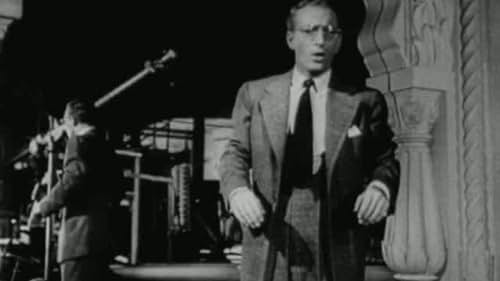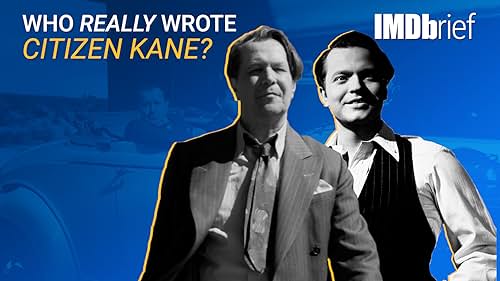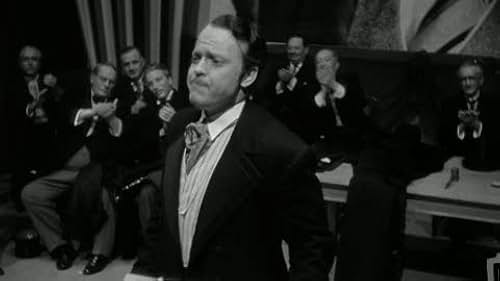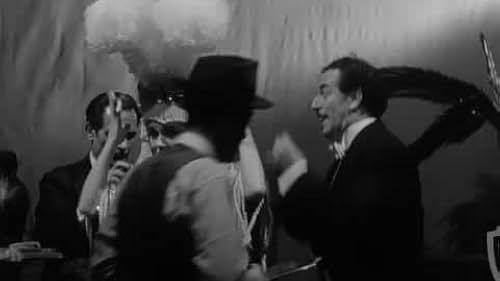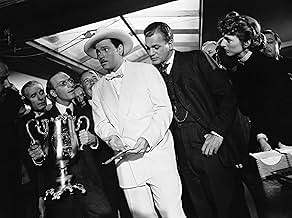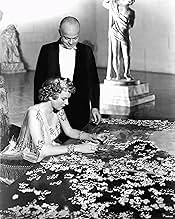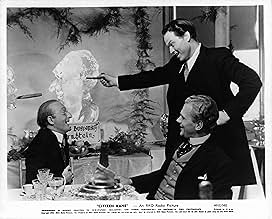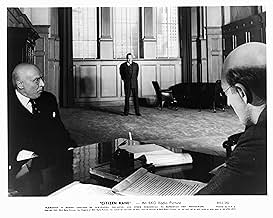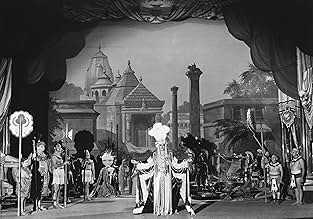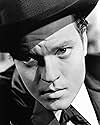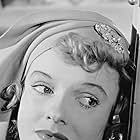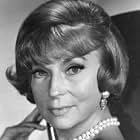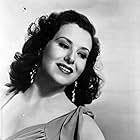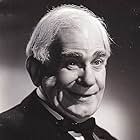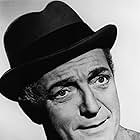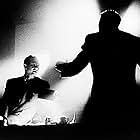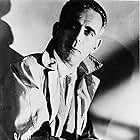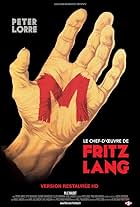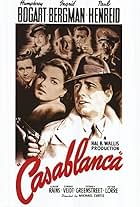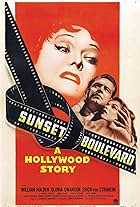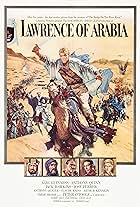Following the death of publishing tycoon Charles Foster Kane, reporters scramble to uncover the meaning of his final utterance: 'Rosebud.'Following the death of publishing tycoon Charles Foster Kane, reporters scramble to uncover the meaning of his final utterance: 'Rosebud.'Following the death of publishing tycoon Charles Foster Kane, reporters scramble to uncover the meaning of his final utterance: 'Rosebud.'
- Won 1 Oscar
- 11 wins & 13 nominations total
Storyline
Did you know
- TriviaDespite all the publicity, the film was a box-office flop and was quickly consigned to the RKO vaults. At the 1941 Academy Awards, the film was booed every time one of its nine nominations was announced. It was only re-released to the public in the mid-1950s.
- GoofsDuring the picnic scene towards the end, Welles had to shoot against a back-projection because a location shoot was too costly and time-consuming. The stock footage used for the exterior was taken from King Kong (1933), hence on closer inspection the four birds that fly by are in fact very definite pterodactyls. RKO told Welles to take the pterodactyls out of the shot, but he liked them, and decided to keep them.
- Quotes
Mr. Bernstein: Old age. It's the only disease, Mr. Thompson, that you don't look forward to being cured of.
- Crazy creditsIn a very rare move the director's credit is shown on the same card as the cinematographer's. This was Orson Welles's personal decision to show his thanks to cinematographer Gregg Toland for his enormous contributions to the film, meaning equal rights.
- Alternate versionsThe Italian-language version cut an overwhelming number of scenes, leading to "complete" versions of the film to be circa half of the time in English and only the remaining half in Italian.
- ConnectionsFeatured in The Projectionist (1970)
- SoundtracksIt Can't Be Love
(uncredited)
Written by Charlie Barnet and Haven Johnson
Arranged by The King Cole Trio
Performed by Raymond Tate, Buddy Collette, Buddy Banks, CeePee Johnson, and Alton Redd
Featured review
Well as a media student myself , i have come across this question many times in books and during lectures. There are simply 3 reasons the film, which was considered as the "Mona Lisa of all films" , created such a legendary appeal upon release in 1941: 1) This was Orson Welles first cinematic debut , even though he had been a huge star in theater , he was given an opportunity few first time directors were permitted to having. He had full artistic freedom and above all power, to direct , produce, write and even star in his own picture. Therefore the film industry and RKO pictures had absolutely no influence in the making of the film and were not to know what was happening on set .Of course this was bound to generate a number of problems as businessmen were curious about the nature and plot of the film , which takes us to the second reason the film caused controversy.
2)One of the main reasons the film posed contentions was because the main character , Charles Foster Kane(Orson Welles), featured a range of similarities with real media mogul and newspaper journalist William Randolph Hurst . Therefore the film was seen as depicting the life , problems and personal relationships of a real person thus fictionalizing his life. Some of the similarities between the two persona's are:
KANE: newspaper tycoon , worked for New York Inquirer , known as the Kubla Khan of Xanadu ,married talentless singer Susan Alexander Kane, he was a political aspirant to presidency by campaigning for governor, bought his wife the Municipal Opera House, Financier Thatcher, and threat Getty's. Hurst: yellow journalist , worked for New York Journal, political aspirant to presidency by becoming governor, married acress Marion Davies, bought his wife Cosmopolitan Pictures, financier JP Morgan , and threat Tammany Hall.
-differences: Susan Alexander Kane( Dorothy Comingdore) leaves Kane later in their life however there was no marriage breakdown for Hurst and Marion.
3) The last reason and most pivotal of all to why the film was regarded the way it was , was due to its technical and stylistic innovations . The film upon its release was misunderstood and unappreciated by critics as they couldn't comprehend many of its elements and were too concerned with its dark and mysterious nature which is one of Welles's characteristics in his films. The film after all was 20 years ahead of its time and was only regarded as a triumphant success upon its second release after the American Film Noir era in the 1950's. His most prominent artistic inventions were: -the low angled camera movements -extreme facial closeups -long uninterrupted shots -chiaroscuro lighting -overlapping dialogue , giving a realistic effect to conversations -subjective camera angles -deep focus shots and depth of field -flashbacks that make up most of the film All the above and more constitute to why the film is so influential to all would be film directors and for why many people regard it as the best film of all time. Lastly we musnt forget the exceptional score by Bernard Herrmann who had collaborated also with the best known director of all time, Alfred Hitchcock , and made him the chillin sounds of strings in Psycho and Vertigo to name a few . In addition the superb photography of Gregg Toland in regards to Welles's unique eye on details. After all he wanted to put in each shot everything the human eye can see if they were present.
There are many areas of the film which are crucial , these are some of the most important , and as you can see there is never too little or too much that you can add to this masterpiece .
2)One of the main reasons the film posed contentions was because the main character , Charles Foster Kane(Orson Welles), featured a range of similarities with real media mogul and newspaper journalist William Randolph Hurst . Therefore the film was seen as depicting the life , problems and personal relationships of a real person thus fictionalizing his life. Some of the similarities between the two persona's are:
KANE: newspaper tycoon , worked for New York Inquirer , known as the Kubla Khan of Xanadu ,married talentless singer Susan Alexander Kane, he was a political aspirant to presidency by campaigning for governor, bought his wife the Municipal Opera House, Financier Thatcher, and threat Getty's. Hurst: yellow journalist , worked for New York Journal, political aspirant to presidency by becoming governor, married acress Marion Davies, bought his wife Cosmopolitan Pictures, financier JP Morgan , and threat Tammany Hall.
-differences: Susan Alexander Kane( Dorothy Comingdore) leaves Kane later in their life however there was no marriage breakdown for Hurst and Marion.
3) The last reason and most pivotal of all to why the film was regarded the way it was , was due to its technical and stylistic innovations . The film upon its release was misunderstood and unappreciated by critics as they couldn't comprehend many of its elements and were too concerned with its dark and mysterious nature which is one of Welles's characteristics in his films. The film after all was 20 years ahead of its time and was only regarded as a triumphant success upon its second release after the American Film Noir era in the 1950's. His most prominent artistic inventions were: -the low angled camera movements -extreme facial closeups -long uninterrupted shots -chiaroscuro lighting -overlapping dialogue , giving a realistic effect to conversations -subjective camera angles -deep focus shots and depth of field -flashbacks that make up most of the film All the above and more constitute to why the film is so influential to all would be film directors and for why many people regard it as the best film of all time. Lastly we musnt forget the exceptional score by Bernard Herrmann who had collaborated also with the best known director of all time, Alfred Hitchcock , and made him the chillin sounds of strings in Psycho and Vertigo to name a few . In addition the superb photography of Gregg Toland in regards to Welles's unique eye on details. After all he wanted to put in each shot everything the human eye can see if they were present.
There are many areas of the film which are crucial , these are some of the most important , and as you can see there is never too little or too much that you can add to this masterpiece .
Details
- Release date
- Country of origin
- Official site
- Languages
- Also known as
- El ciudadano Kane
- Filming locations
- Busch Gardens - S. Grove Avenue, Pasadena, California, USA(Xanadu Grounds, demolished)
- Production companies
- See more company credits at IMDbPro
Box office
- Budget
- $839,727 (estimated)
- Gross US & Canada
- $1,627,530
- Gross worldwide
- $1,707,754
- Runtime1 hour 59 minutes
- Color
- Aspect ratio
- 1.37 : 1
Contribute to this page
Suggest an edit or add missing content


